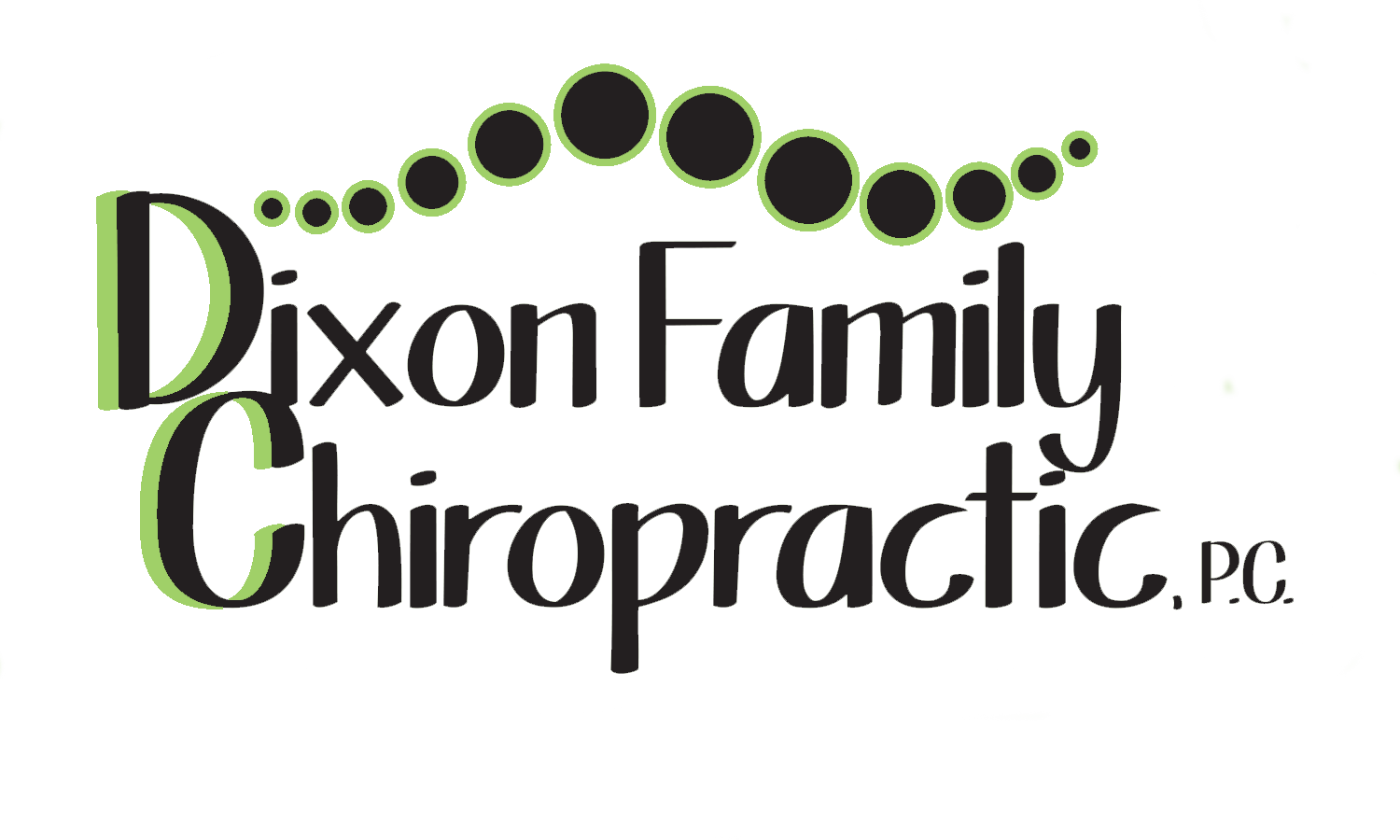Applied Kinesiology
Applied Kinesiology is a system that evaluates structural, chemical, and mental aspects of health by using a method referred to as a manual muscle testing (MMT), alongside conventional diagnostic methods.
The essential premise of applied kinesiology is that every organ dysfunction is accompanied by a weakness in a specific corresponding muscle in what is termed the “viscerosomatic relationship.”
A manual muscle test in AK is conducted by having the patient resist using the target muscle or muscle group while the practitioner applies a force. A smooth response is sometimes referred to as a “strong muscle” and a response that was not appropriate is sometimes called a “weak response.” This is not a raw test of strength, but rather a subjective evaluation of tension in the muscle and smoothness of response, taken to be indicative of a difference in spindle cell response during contraction. These differences in muscle response are indicative of various stresses and imbalance or mental stress, indicative of suboptimal functioning. It may be suboptimal functioning of the tested target muscle, or a normally optimally functioning muscle can be used as an indicator muscle for other physiological testing. A commonly known and very basic test is the arm-pull-down test, or “Delta test,” where the patient resists as the practitioner exerts a downward force on an extended arm. Proper positioning is paramount to ensure that the muscle in question is isolated or positioned as the prime mover, minimizing interference from adjacent muscle groups.
Nutrient testing is used to examine the response of various of a patient’s muscles to assorted chemicals. Coming in close proximity to a product being tested, alters the outcome of a manual muscle test, with previously strong muscles being weakened by exposure to harmful or imbalanced substances or allergens. Stimulation to test muscle response to a certain chemical is also done by contact or proximity (for instance, testing while the patient holds a bottle of pills).
Therapy localization is another diagnostic technique using manual muscle testing which is unique to applied kinesiology The patient places a hand which is not being tested on the skin over an area suspected to be in need of therapeutic attention. This fingertip contact may lead to a change in muscle response from strong to weak or vice versa when therapeutic intervention is indicated. If the area touched is not associated with a need for such intervention, the muscle response is unaffected.



